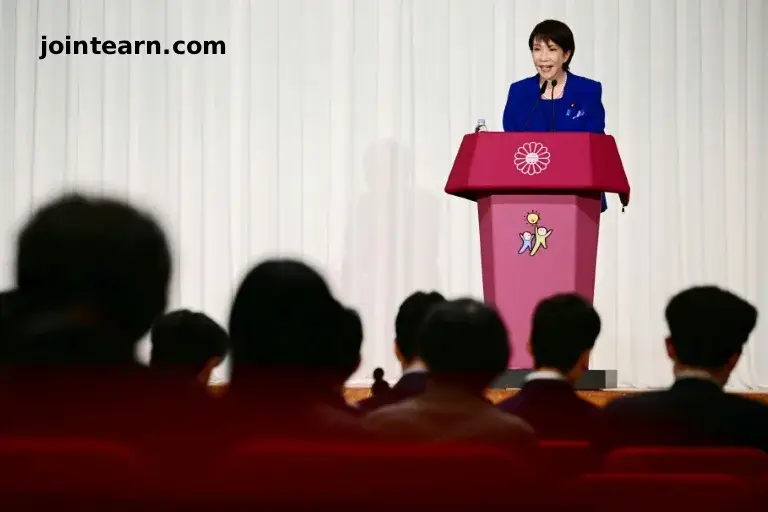
Sanae Takaichi Makes History as Japan’s First Woman Prime Minister
Sanae Takaichi, a staunch conservative and admirer of former British Prime Minister Margaret Thatcher, officially became Japan’s first female prime minister on Tuesday, October 21, 2025. Analysts caution, however, that her historic appointment does not necessarily mark a feminist milestone, as her political focus remains on defense, economic security, and conservative social policies.
At 64 years old, Takaichi secured the leadership of the ruling Liberal Democratic Party (LDP) this month and successfully formed a coalition, becoming Japan’s fifth prime minister in as many years. Her ascent comes at a time when the LDP has been losing ground due to inflation concerns and a recent political scandal involving slush funds.
Tough Stance on Immigration and Foreign Policy
In an effort to regain voters who have been drawn to the anti-immigration Sanseito party, Takaichi has adopted a firm position on immigration and foreign tourism, making these key pillars of her leadership platform.
A former economic security minister, she has consistently voiced criticism of China’s military buildup in the Asia-Pacific and emphasized the importance of strengthening security ties with Taiwan. During an April visit to Taipei, Takaichi declared it “crucial” to enhance defense cooperation between Japan and Taiwan.
Her foreign policy is marked by a blend of vigilance and pragmatism. Though she has been a regular visitor to Yasukuni Shrine, which honors convicted war criminals alongside war dead, she has recently moderated her rhetoric and abstained from the latest shrine festival to avoid diplomatic tensions with neighboring Asian countries.
The “Iron Lady 2.0”
Takaichi, who once drummed in a college heavy metal band, openly cites Margaret Thatcher as her political idol, earning her the nickname “Japan’s Iron Lady 2.0.” Her political style combines fiscal conservatism with assertive foreign and defense policies, echoing Thatcher’s approach.
Despite her historic election, Takaichi shows little inclination to challenge patriarchal norms. She opposes revising a 19th-century Japanese law requiring married couples to share a surname, a rule that disproportionately affects women. She has been married twice to the same man, once taking his surname and later reversing the tradition.
“The issue probably won’t be resolved during her term,” says Sadafumi Kawato, professor emeritus at the University of Tokyo.
However, she has pledged to increase gender representation in her cabinet, aspiring to levels comparable to Nordic nations.
Economic and Domestic Policy Priorities
Takaichi supports aggressive monetary easing and fiscal spending, echoing former Prime Minister Shinzo Abe’s Abenomics policies. Analysts predict that re-implementing these measures could have significant market implications.
She has also highlighted concerns about crime and the economic influence of foreigners in Japan, proposing stricter regulations as a means to regain voters who migrated to nationalist parties. On international trade, she indicated a willingness to renegotiate tariffs with the United States if existing agreements are deemed unfair to Japan.
Challenges Ahead
Japan continues to lag in gender equality, ranking 118 out of 148 countries in the World Economic Forum’s 2025 Gender Gap Report. While Takaichi’s appointment is a historic first, observers note that her conservative views on women’s rights and social policy limit the broader feminist significance of her leadership.
Nonetheless, her tenure marks a critical juncture in Japanese politics, blending historic symbolism with a hardline, security-focused agenda that will shape domestic and international policies for years to come.


Leave a Reply